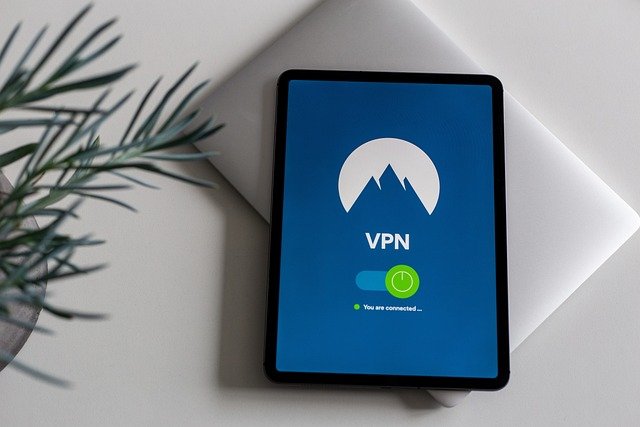"Unfolding the Future: The Rise of Foldable Technology"
Introduction: Foldable technology is no longer a futuristic dream. It's here, reshaping the landscape of personal gadgets from smartphones to laptops. This article unfolds the fascinating journey of foldable tech, its current market dynamics, and its promising future.

The Genesis of Foldable Technology
Foldable technology’s concept dates back to 1973 when Xerox PARC, an American research company, developed the Dynabook. A tablet-like computer with a foldable screen, it was way ahead of its time. But the real breakthrough came in 2019 when Samsung unveiled the Galaxy Fold, the first commercially available foldable smartphone. This marked the beginning of a new era in the tech industry.
A New Dimension in the Tech Landscape
Since the Galaxy Fold’s debut, the foldable tech market has seen a flurry of activity. Tech giants like Huawei, Motorola, and Microsoft have jumped on the bandwagon, each bringing unique foldable devices to the market. These range from flip phones reminiscent of early 2000s models, to dual-screen devices that blur the line between smartphones and laptops.
The Market Impact and Price Dynamics
While still a niche market, foldable technology is gaining traction. A recent report by Statista projects the foldable phone market to reach 3.15 billion dollars by 2025, a significant upswing from 700 million dollars in 2019. However, high production costs and durability concerns have led to steep prices, ranging from $1,500 to $2,000 for a foldable phone.
Innovations and Developments
Innovation continues to drive the foldable tech market. Samsung recently launched the Galaxy Z Fold 3 and Z Flip 3, both featuring improved durability and lower price points. Meanwhile, Microsoft’s Surface Duo 2 offers a unique dual-screen setup, positioning it as a productivity powerhouse.
The Foldable Future
The future of foldable technology looks promising, as companies continue to invest in R&D to overcome existing challenges. We can expect to see more durable materials, improved hinge design, and more affordable models. Moreover, foldable tech is likely to extend beyond smartphones into other devices, including tablets and laptops, offering a truly flexible digital experience.
In conclusion, foldable technology, once a sci-fi dream, is now a reality. Its journey from concept to market has been exciting, promising a future where our devices adapt to our needs rather than the other way around. While challenges remain, the rapid pace of innovation suggests that foldable technology will continue to unfold new dimensions in the tech landscape.




